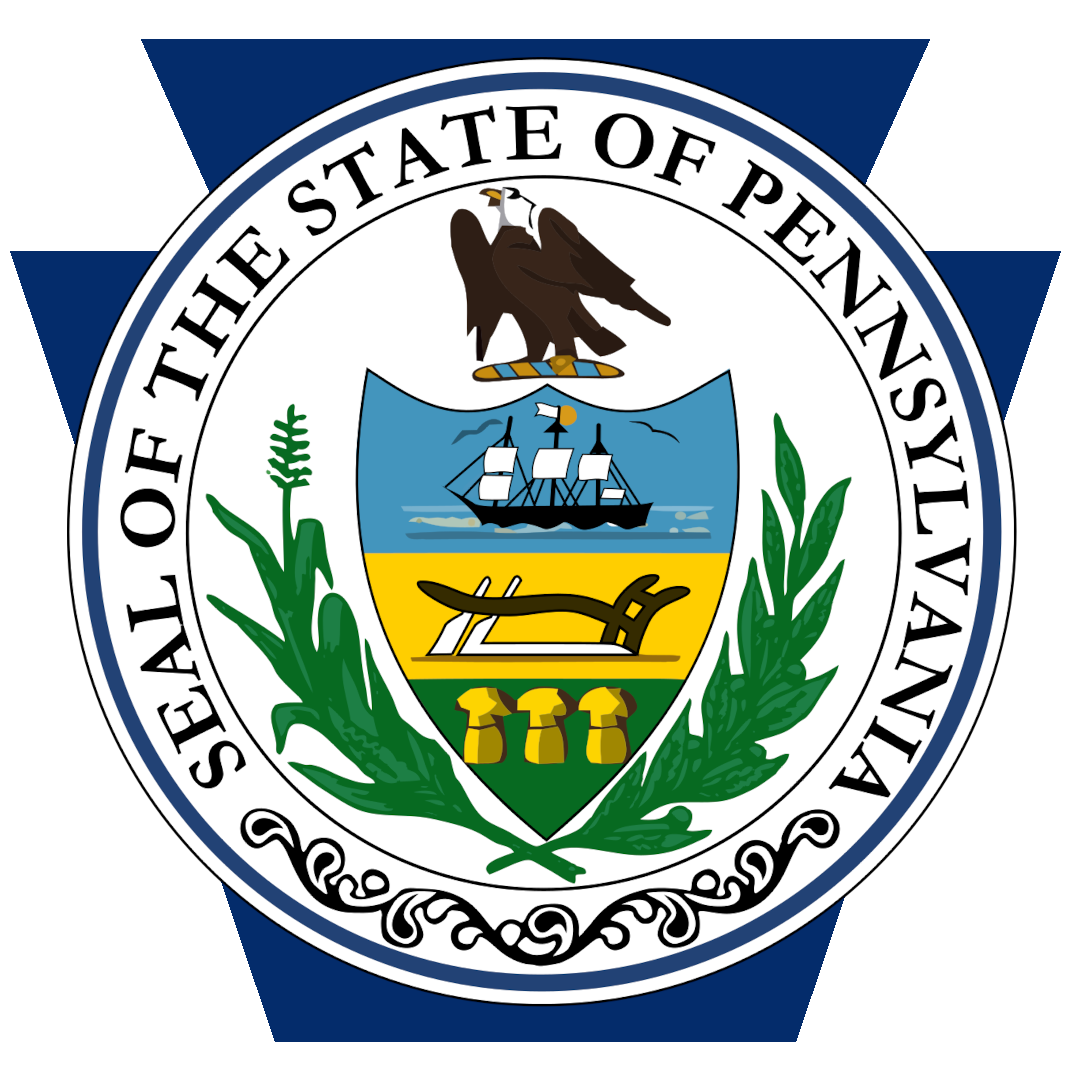Choose maps without safe seats
As a citizen of the Commonwealth of Pennsylvania, I respectfully request that you select neutral computer- or citizen-generated district maps that do not prioritize safe seats for either party, while at the same time meeting all of the other required and recommended criteria such as for compactness, minimizing division of natural communities, approximately equal populations, etc. We should not be satisfied with the mere surface goal of having roughly equal distribution of seats between the two predominant parties (with of course the edge going to the party currently in power), if none or only a few of the seats have contested elections. Maximizing the number of safe seats pleases the politicians of both parties by minimizing the risk and burden of campaigning for office. However, when politicians choose their constituents instead of vice versa, competition for office is eliminated and politicians are no longer accountable to the people. Do not choose maps drawn by either party even if the opposing party agrees—because it is in all politicians’ (but not the peoples’) interest to draw maps that maximize the number of safe seats. The use of past voter election behavior should be prohibited when drawing district lines. With safe seats, elections are not competitive except at the primary level, which exacerbates hyper-partisanship. Politicians must follow their party’s line or be “primaried” by an even more extreme candidate of their own party. Without centrist politicians there can be no political consensus or compromise. When districts are configured so that the same party always wins, people lose faith in the process because they know their vote can never make a difference. Important issues for reform: 1. Eliminate gerrymandering: the practice of cracking and packing to create uncompetitive “safe” districts (especially but not solely for the party in power) which results in overall unrepresentative government where the minority controls power. 2. Enact true and effective campaign finance reform (including public funding of campaigns; prohibit dark money funding; limit the duration of campaign "season" and have spending caps; prohibit misinformation). 3. Change all elections to ranked-choice voting and four-forward open primaries. 4. Allow citizen-generated referendums to be placed on the ballot. 5. Reduce the number of state house and senate representatives. 6. Make voting easier (no excuse mail-in ballots; same-day registration; redundant voting mechanisms including paper ballots; do not purge from voter rolls those who have not voted recently; votes of inmates count in their home district not the district of the jail or prison). Basically, pass the John R. Lewis Voting Rights Advancement Act but for the state.
